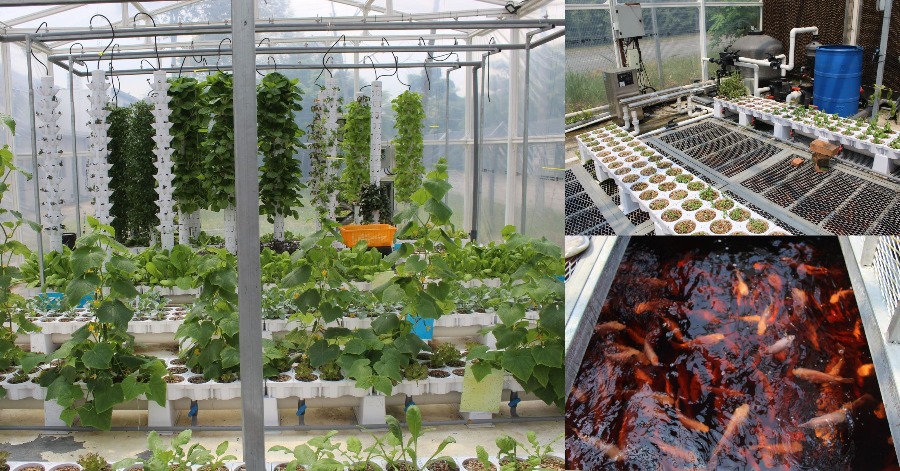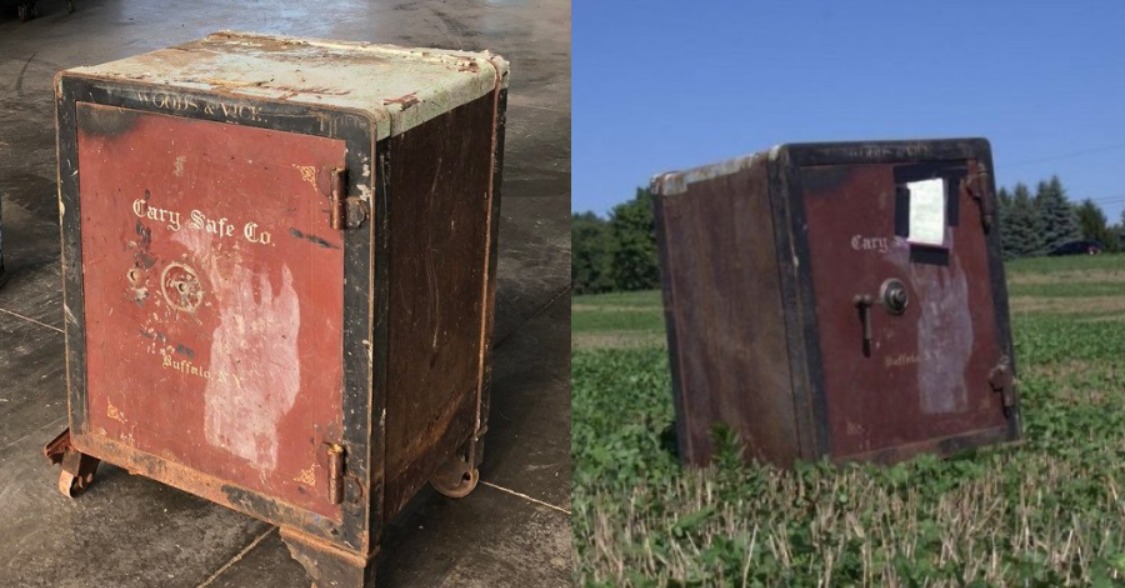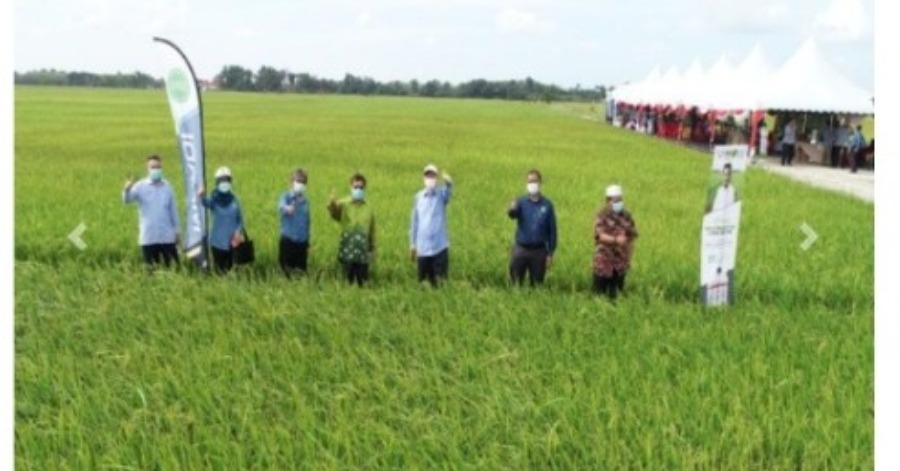Leah Penniman is the co-director and farm manager at soul fire farm, with a goal to reverse the damage caused by industrial agriculture while providing solutions to combat food insecurity.
Using her farming technique, climate change can be reversed without needing to use industrial farming techniques that bring more harm than good.
How this is done is by practicing regenerative farming?
Regenerative farming is a simple concept, where it is a bit more labor-intensive, but face no shortage of people that need work. It is a system of executions that focus on increasing the health and the diversity of crops in soil.
Plants draw carbon out of the atmosphere, where it can be stored in the soil for years. As soil is tilled by machines, sprayed with pesticides, healthy soil thins out and degrades, releasing carbon back out to the atmosphere.
A 2018 study shows that the United State’s industrial agriculture has released around 698 million metric tons of carbon dioxide equivalent into the atmosphere, contributing to environmental damages like climate change and air pollution.
Regenerative farming uses the same space to grow different types of plants to grow a limitless range of crops. This technique bypasses the machines used to till the land, using livestock and cover cropping that focuses on enriching soil rather than harvesting.
If 85% of us humans use cover crops, approximately 1oo million tons of carbon dioxide could be absorbed by the soil every year, making it healthy for a period of time.
In regenerative farming, they don’t use pesticides of any artificial chemical input. Instead, they use pest-eating animals like chickens to eat away the insects and the weed seeds that the farmers miss and will produce waste. Chicken excrement contains nitrogen, phosphorus, and potassium, all essential for the nourishment of the soil.
Regenerative farming differs from traditional industrial farming, where they only practice monoculture, a practice that only focuses on growing one species.
Lack of diversity in the soil can make the depleting of soil occur, speeding up the process of erosion, leaving farmers to use excessive amounts of fertilizer that could contribute to environmental pollution.
Using this benefit-rid farming strategy, the farmers will make sure that they give the soil back of what they took from; to put in simpler terms, once they harvest corn, it means they just took a whole lot of biomass that the soil needs to further flourish. They “put back” what they took by putting compost or putting livestock like pigs to graze the soil. Without this step, the soil is mined all of it’s nutrients.
Topsoil, a thin layer of the earth’s crust upon which all life depends, could run out in 60 years if the practice of irresponsible industrial agriculture is continued, studies show.
Through composting and mulching, the soil can be built back. This is one of the main things that make up regenerative farming.
The need of labor, livestock farms and crop harvesting, without the use of harmful chemical of machines, is indeed one way to contribute to the overall health of our planet.
Source: Soul Fire Farm, Twitter @nowthisnews







Leave a Comment